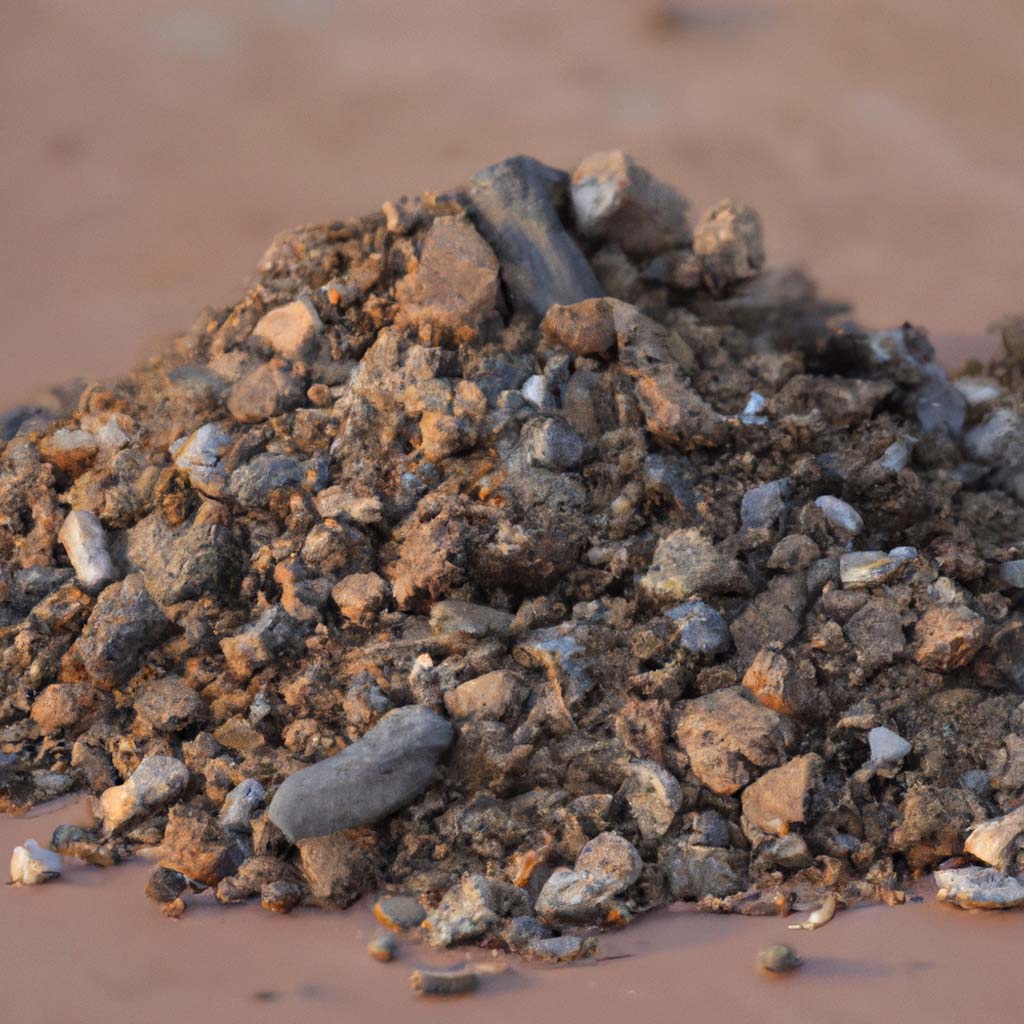
Bonsai soil is a specially designed and mixed growing medium used for bonsai cultivation. The soil must serve the purposes, including providing a stable environment for the bonsai, providing a proper drainage system keeping the soil moist, and ensuring enough facilities for the roots like aeration and nutrients.
There are some requirements for the bonsai soil. A proper bonsai medium is made of ingredients like perlite, akadama, sphagnum moss, etc. You can make bonsai soil without these ingredients but be sure the ingredients you are using have the ability to extract extra water from the soil retaining enough moisture for the tree.
Here you will learn which ingredients and processes are used in bonsai soil and how to make this at home.
- Ingredients of the bonsai soil
- Additives
- Preparing process
Ingredients of the bonsai soil
The ingredients mainly depend on two main components organic and inorganic.
Here are the organic components.
- Pine bark- Pine bark is a common organic component used in bonsai soil. It helps the soil retain moisture so that it does not get dry too quickly, ensuring a constant supply of water to the soil. It ensures a healthy aeration system for the exchange of oxygen and carbon dioxide. Over time it can regulate the pH of the soil and by decomposing it releases nutrients to the soil.
- Sphagnum moss- Belongs to the genus Sphagnum. This is used in bonsai soil for moisture-retaining and aeration and acidic characteristics. This greatly benefits acid-loving bonsai species such as azaleas and blueberries. It also helps prevent microorganisms’ growth in the soil as it has natural antibacterial properties.
Inorganic components
- Perlite- is lightweight natural volcanic glass created when obsidian is exposed to high temperatures. It helps to improve aeration, ensuring the right amount of oxygen to the bonsai roots. It also enhances the drainage system reducing the risk of overwatering. For its lightweight characteristic perlite keeps the soil weight overall light and manageable.
- Pumice- Pumice is a lightweight volcanic rock with unique characteristics that make it a valuable component for bonsai soil. It is porous with many small air pockets within the structure. It can control the pH requirement of the soil. Pumice is reusable which is another advantage and it improves drainage and aeration management.
- Akadama- Akadama is a highly valued Japanese traditional bonsai soil. It is made from a type of clay soil that burns at a high temperature, resulting in granular and porous particles which has excellent drainage, aeration, water retention, and nutrient retention system. Akadama soil allows fine root development and it makes the repotting process a lot easier.
- Vermiculite- Vermiculite is a naturally occurring mineral often used in potting mix, especially in bonsai soil. It improves the benefits that other components offer
Additives
Other components can be used such as crushed granite, oyster shells for pH adjustment, lava rock, and slow-release bonsai fertilizer.
Preparing process
Step-1
You’ll need some tools like a mixing container, a sieve or mesh, and a stainless steel rake.
Step-2
To remove any dust or fine particles, sift all inorganic components with a sieve. It will ensure a constant particle size which will ensure proper drainage and good growth of the roots.
Step-3
Make sure that the organic ingredients are clean and disease-free. Sphagnum moss should be soaked well so that any extra water gets extracted.
Step-4
The proper mixing balance is 25% of Akadama, 25% of pumice, 20% of perlite, and 30% of sphagnum moss, pine bark, and vermiculite. Now mix all of the components thoroughly with a rake and here you have the bonsai soil.
Use as much as you need and keep extra soil in a sealed container or plastic wrapper.
